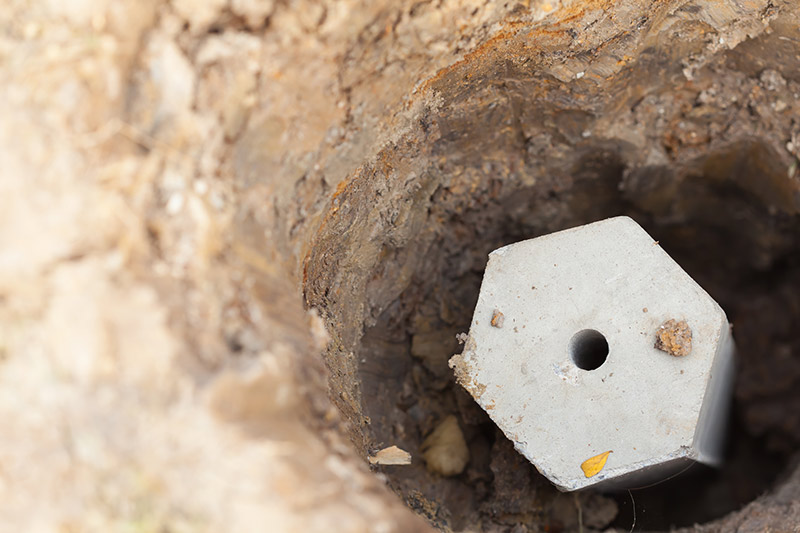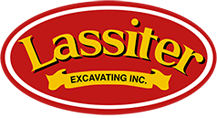When and Why to Use Foundation Piers

Piering, also known as piling, is a technique used for driving steel pipe pilings to fix falling building foundations and to correct the foundation settlement.
There are two common types of foundation piers:
- Push Piers – consist of galvanized/coated steel pipe which are installed by driving through the soil using a hydraulic ram.
- Helical Piers – use screw piles with steel shafts and are installed by being screwed into the ground with a hydraulic torque motor.
Using piers is the best option to make foundation repairs on buildings built very deep into the soil. In fact, these piers can be installed even further than the foundation that is already in place. This firmly secures and strengthens the piers’ structure.
Advantages of Foundation Piers
Stable and durable structures
Foundation Piers offer stable structures with a more secure foundation which lasts much longer.
Less costly
Using piers is less costly and more practical than having to replace an entire foundation from scratch. You will also save time and manpower installing the piers since they require very few operators and workmen to do the job.
Environmentally friendly
There is very little destruction to the construction area and the surrounding regions. This is because the piers come in manageable sizes, not requiring any heavy equipment during installation. Also, once the piers have been installed, the soil extracted during installation is put back and flattened.
Installation of Foundation Piers
The following are the basic steps involved in the piering process:
- First, a 3’ x 4’ excavation is made in line with the foundation at just 10” below the beam.
- The soil at the footing is then scraped off and the foundation is smoothly chipped so that the bracket can fit properly.
- Brackets and hydraulics are installed, slipping a guide sleeve through for support and to keep the bracket in place.
- A last pier of about 5” is cut above the support bracket, while a fastening plate is installed on top of the pier column.
- Hydraulics are connected and sequentially operated to raise the building structure.
- Once the structure is positioned at the desired height, support brackets and fastening plates are attached to the pier.
- Once everything is secure, the depth, pressure, and elevation measurements are read and recorded for each pier.
- The concrete removed during this process is replaced and the extracted soil is swapped and flattened.
Lassiter Foundation specializes in installing foundation piers for commercial and residential structures.
We have been doing so for over 20 years now and have had major success within all of our piering services thus far. We use a variety of drilling equipment in any location to drill piers and employ a group of highly experienced and motivated staff to see that the job is done right. Get in touch with us today by using our online form or call us at 925-449-3112 to learn more about our pier drilling services in the Bay Area.
Now you know why and when to use foundation piers; and who to call for the job.

